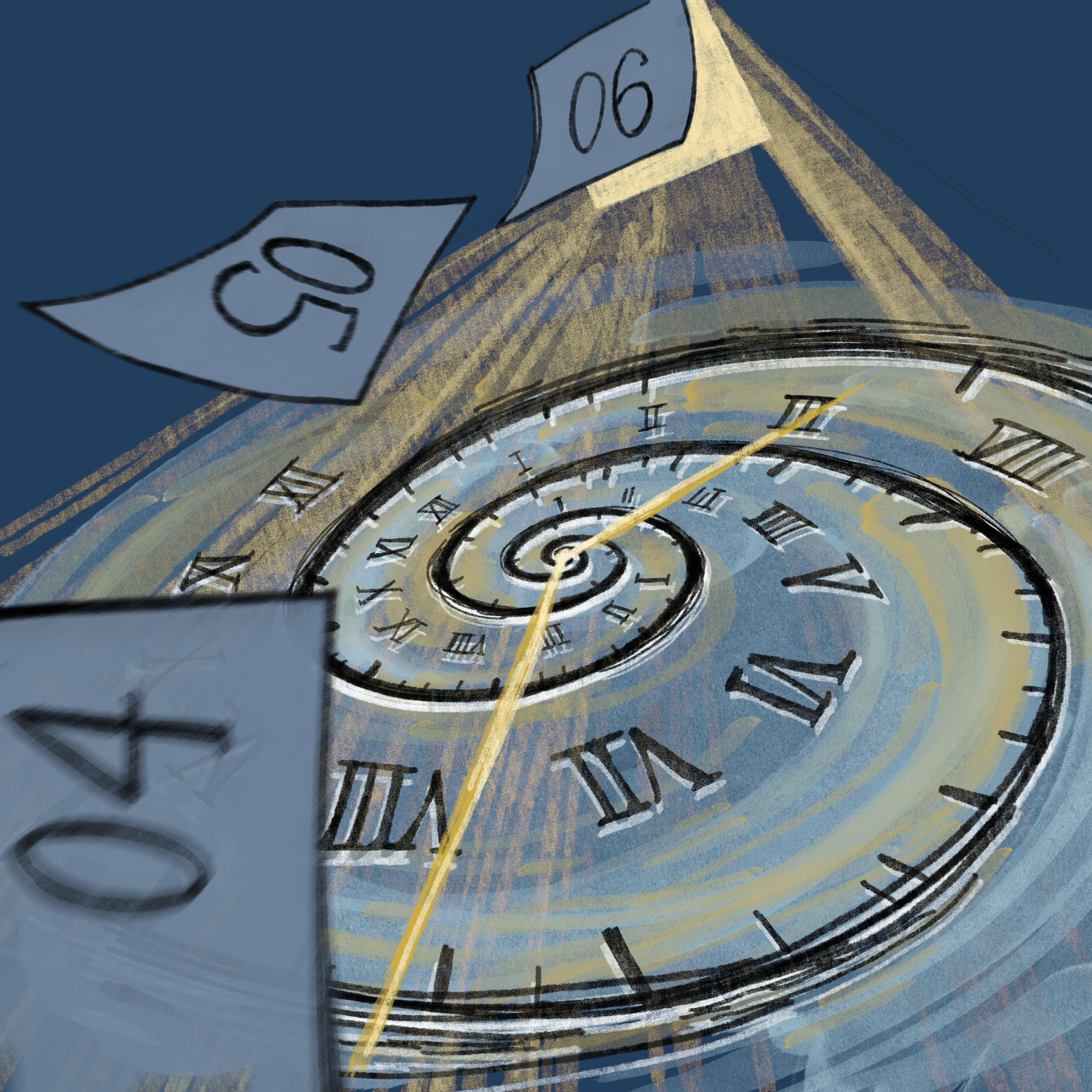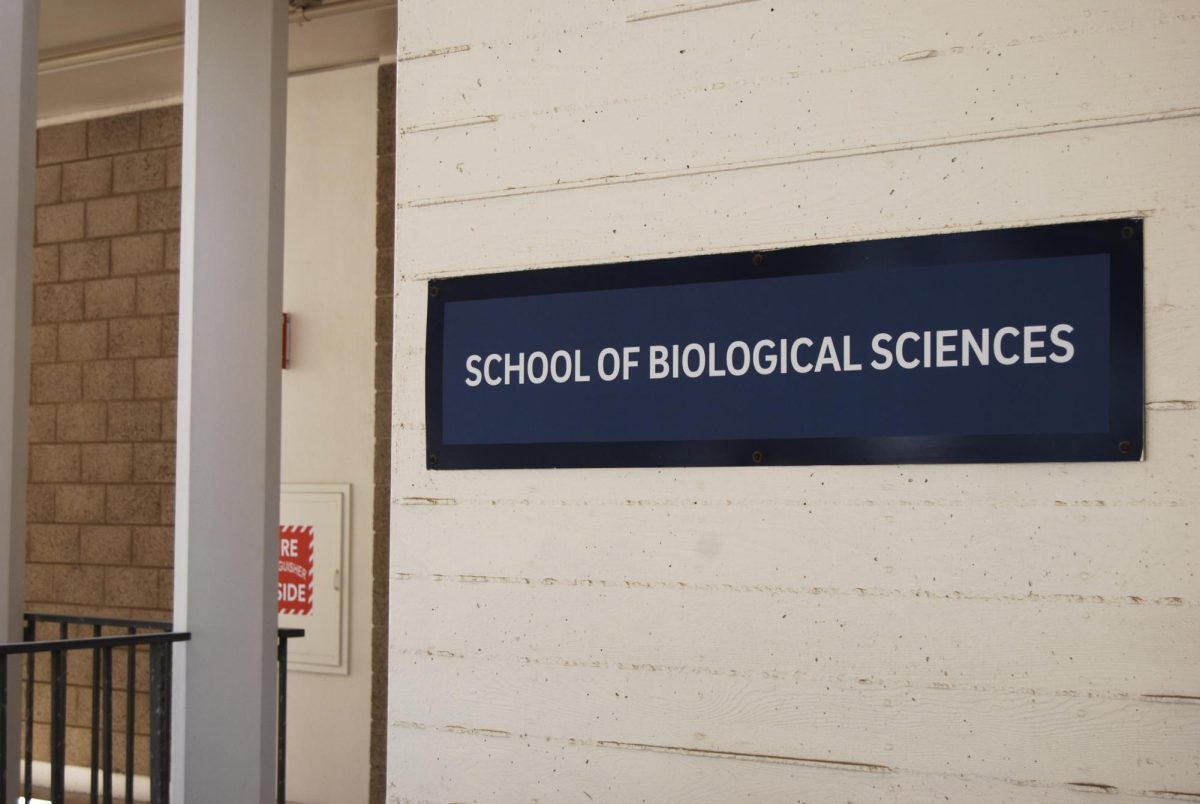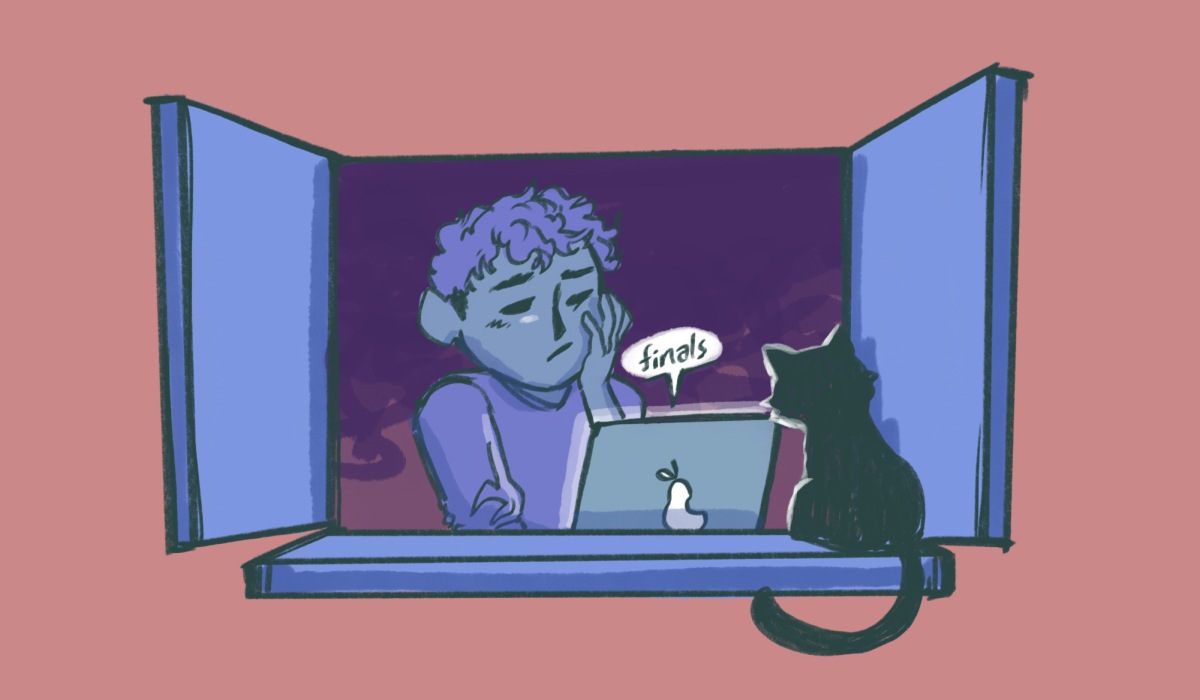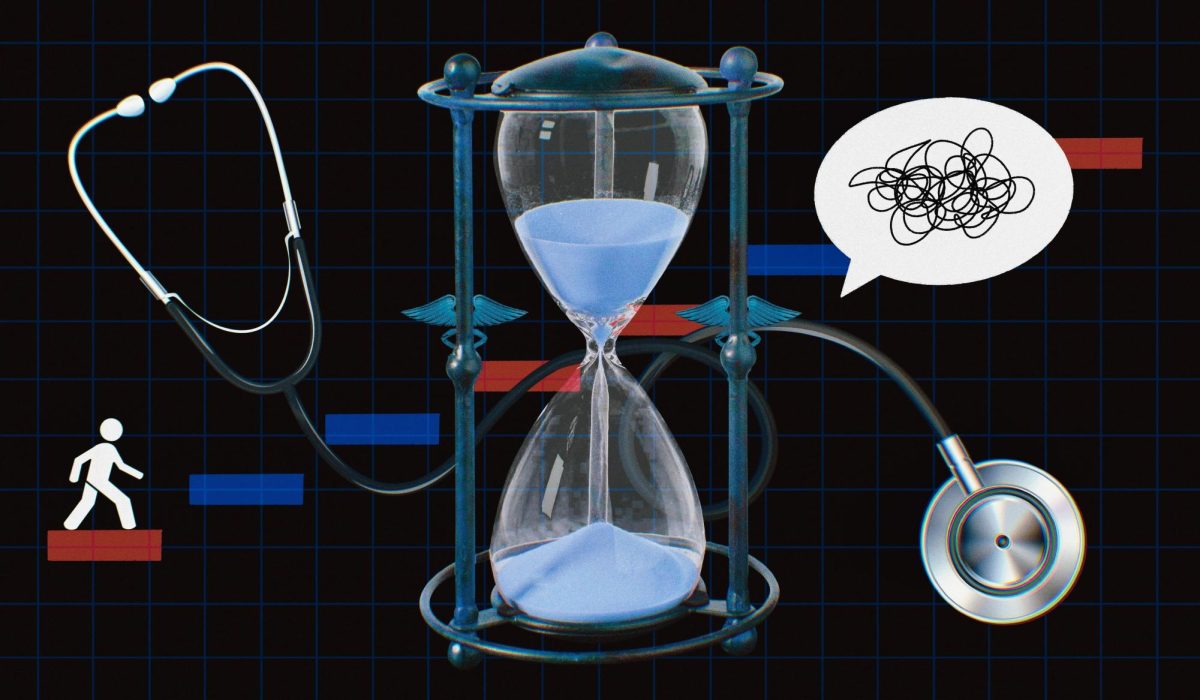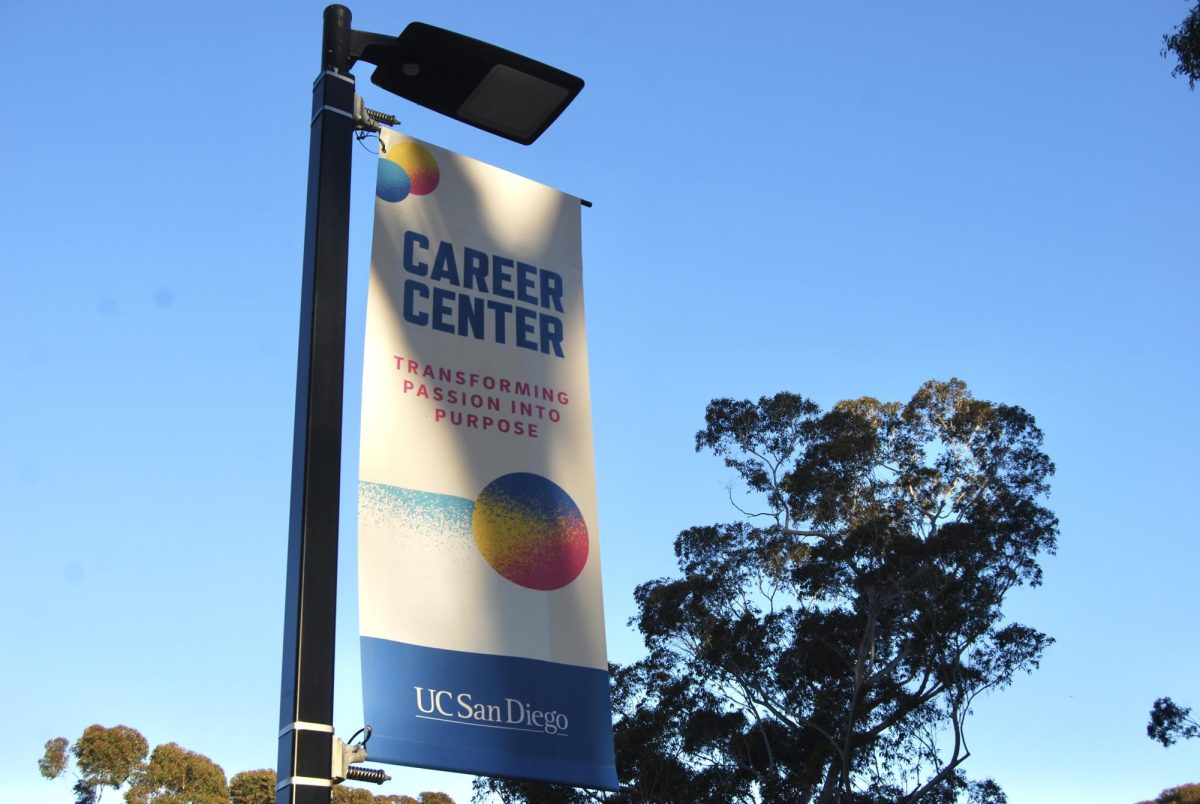UC San Diego’s academic year is divided into three main sessions along with the summer sessions, altogether making up its quarter system. Ten weeks and a week of final exams are all the students have to learn the course material and put it into practice.
“I think everyone knows that it’s a very rushed system,” said Tomris Karaismailoglu, a Sixth College junior.
Several students noted feeling rushed, citing constant deadlines and new content as a point of difficulty. Although quarter system courses don’t aim to cover as much information in one term as equivalent semester courses, the shorter time span means that missing a class represents a greater portion of the coursework.
Ricardo Ayala, a UCSD alumni who graduated in 2023 and a current UCSD broadcast employee, offered his thoughts on the quarter system.
“If you have 10 weeks, losing one of those weeks, just because of either mental health, family obligations, the stress of getting through Covid, that one-week kind of snowballs into the rest of that quarter,” Ayala said. “I never felt like I could take a day off or take a break, because I always felt like I needed to do something.”
The 10-week quarter structure encourages classes to keep the pace up the whole way through in order to cover all the material. As a result, midterms can start early into the quarter and won’t end until just before finals week, oftentimes leaving students without a break from their examinations.
“Week 1 is a bit chill, like no one’s really doing anything,” said Sixth junior Lauren Reyes. “But then Week 2, boom, you have a big homework assignment worth 25% of your grade, or a midterm out of five, and it’s kind of hard to keep up.”
On UCSD’s website for transfer students, the school warns students who may be used to the semester system that midterms can start “as early as Week 3.” Additionally, they provide an infographic covering different possible course structures, one of which indicates nonstop weekly quizzes, coupled with two midterms and a final exam.
Despite the difficulties of the quarter’s fast pace, the shorter timespan of classes offers some positives as well. Because courses are shorter, students aren’t “stuck” with them for a full 16 weeks.
“In some classes that I had a lot of challenges in, I could kind of get it out of the way,” Ayala explained. “I knew the ending was coming really soon, so even if I did fail that class, I still had opportunities in the future to retake or kind of catch up on that.”
Due to the high number of terms, students are also free to take a greater number of courses over the course of their undergraduate education. A standard load of four classes per term over four years only leaves room for 32 courses on a semester system but allows for 48 on a quarter system.
“I like the quarter system because it allows me to explore different topics in different classes that I may not want to be stuck with for more than a quarter,” Reyes commented.
Tony Sanchez, an Earl Warren College sophomore transfer student, seconded this.
“There’s so many fields you can go into for electrical engineering, so having the ability to take more classes throughout the school year as compared to the semester system allows me to explore the different possibilities,” Sanchez said.
The quarter system also allows students to push through their general education requirements faster, allowing them to focus more intensely on their major-relevant classes. By switching courses more frequently, students can also move past the classes they don’t click with.
However, the benefits of switching classes freely are dependent on students being able to enroll in the classes they want to.
“It would be amazing if we could all just get into the sections that we wanted to,” Karaismailoglu said. “But sadly, we can’t.”
UCSD allows students to enroll at specific appointment times over the course of two passes. However, because so many students want to enroll in the same classes, it can be very difficult for students to build their ideal schedules.
“I think what makes it disruptive is that sometimes you can’t take the next class in the sequence immediately after,” Karaismailoglu continued. “And therefore you just forget everything that you learned because you didn’t have enough time to build a strong foundation in the previous sequence for that class.”
While Karaismailoglu critiqued their ability to remember course content over a long period of time due to the faster pace of the quarter system, Reyes reported that she felt she performed better on tests in the quarter system.
“If it’s spread out throughout an entire semester, just learning the same content, and you have cumulative tests or cumulative quizzes or whatnot, it’s kind of hard to recall back months instead of last week,” Reyes said.
Students also reported difficulty balancing their coursework with jobs and social activities. Sanchez said that he found it easier working full time alongside the semester system; Ayala preached the importance of time management under the pressure of the faster pace.
Because the majority of schools are on the semester system, many opportunities outside of UCSD operate under the assumption that current students are working on the semester system. For people like Reyes, who have an internship starting in the middle of Week 10, that can be an issue.
“They would give me the option to start later, but there’s also orientation where I can meet other interns from other schools, and I’d rather go to that,” she said. “It’s hard to be able to balance school and being able to complete finals while also being able to pursue your career for the future with that difference in schedule.”
Because many summer jobs are sculpted around the semester schedule, UCSD students may lose out on opportunities. Whether it be losing the chance to network during regular orientation or having to pass up an internship entirely, the quarter system’s irregular schedule makes it difficult to sync up with the rest of the working world.
Reyes also mentioned that a lot of her friends are on the semester system, making it more difficult to coordinate schedules to spend time with them over summer break.
Work/life balance was a common concern between the students. All students interviewed mentioned struggles with balancing their classes, jobs, passion projects, and social lives under the fire of the quarter system.
Sanchez theorized that being a transfer student has also impacted his experience with workload. Because he already completed all of his general education requirements, he didn’t have them as “breather courses” between his harder, major-relevant classes.
“Every quarter, it was just upper div after upper div, and technical, super time-consuming lab after lab,” he said. “That’s kind of a factor of being a transfer student.”
Although students reported that they could keep up with the fast pace of the quarter system, Karaismailoglu argued that they shouldn’t have to.
“This isn’t like life,” they said. “Life isn’t always working 24/7. The weekend comes, and people just chill, and you don’t really get that. But that’s just what school is right now.”
UCSD’s quarter system is complex, and it comes with a long list of pros and cons. The faster pace is conducive to learning more but may come at the cost of living less. UCSD students must learn to manage their time and work within the quarter system — otherwise, they may find themselves left behind.



